
Peugeot 3008 Review & Pricing

Introduction
After years of making dull but worthy cars, Peugeot found its mojo back in 2015 and has been producing great-looking, practical, fine-driving cars ever since.
The 3008 was one of the first. Replacing a dour but utterly sensible MPV wasn’t going to be too tough a job, but one look at the sharp lines of the car and you wonder what happened to the previous design team. Have they been seen since? Do their families know?
Regardless of how many sharp lines, rugged bolt-ons and LED lights are found on the new car, it must offer a practical solution to a family's demands. It needs to be frugal, spacious and comfortable, with enough tech to keep the kids entertained.
Function, for once, has to trump form.
Select's rating score* - 4.1 / 5
At a Glance
The high waistline and floating roof provide some more visual fizz, giving the family SUV a distinctive silhouette, while chrome highlights add a bit of premium style.
It continues inside, with a cabin that’s full of visual delight, from the tiny steering wheel and high-mounted instruments to the piano key switches and gear-selector enclosure. There's nothing else like it but, somehow, it works.
Peugeot has tried to appeal to, seemingly, everybody with the range of trim levels, engines and gearboxes. Five trim levels and eight engines (from a small petrol engine to a 300hp hybrid) should keep most happy, while ten colour options, six trim materials and four-wheel options provide room for personalisation. I’d add it all up to work out the possible combinations, but the numbers get too big.
Key Features
There’s one key differentiator in a Peugeot that separates them from every other vehicle and that includes its stablemates from Citroen and Vauxhall: The i-Cockpit.
That’s the headline feature that leads to an almost entirely digital experience in the car. It starts with a tiny steering wheel, set unusually low, with a 12.3-inch digital instrument panel poking out above it.
An 8.0-inch infotainment screen sits alongside to the left, and there’s a space for a smartphone to rest and connect to the system.
It’s not quite living in The Matrix, but Peugeot is pushing ahead with digital integration, and this is just the first step along that road.
Performance & Drive
For years, an SUV has meant pairing it with a diesel engine. They just make sense with a heavy car that’s likely to be covering a decent number of miles. So, contrary to popular opinion, Peugeot has put a tiny 1.2-litre petrol engine in the 3008 and it’s pretty good. Sprinting to 62mph takes just over 10 seconds thanks to the 130hp that’s available and the relative light weight of the 3008.
The larger 1.6-litre engine adds an extra 50hp and significantly improved performance, but without much impact on the economy, although you do need to work it hard to extract the most from it.
Diesel engines come in 1.5 and 2.0-litre form, with 130 and 180hp respectively. Despite the same power level and increased torque, performance is rather more pedestrian, and sticking a GT badge on the back is a tad misleading.
The fastest models are also the most economical, in theory. Two plug-in hybrid options provide either 225 or 300hp, putting the power on the latter through a four-wheel-drive system. Performance approaches serious sports car territory, but you wouldn’t know it from the relaxed and refined ride.
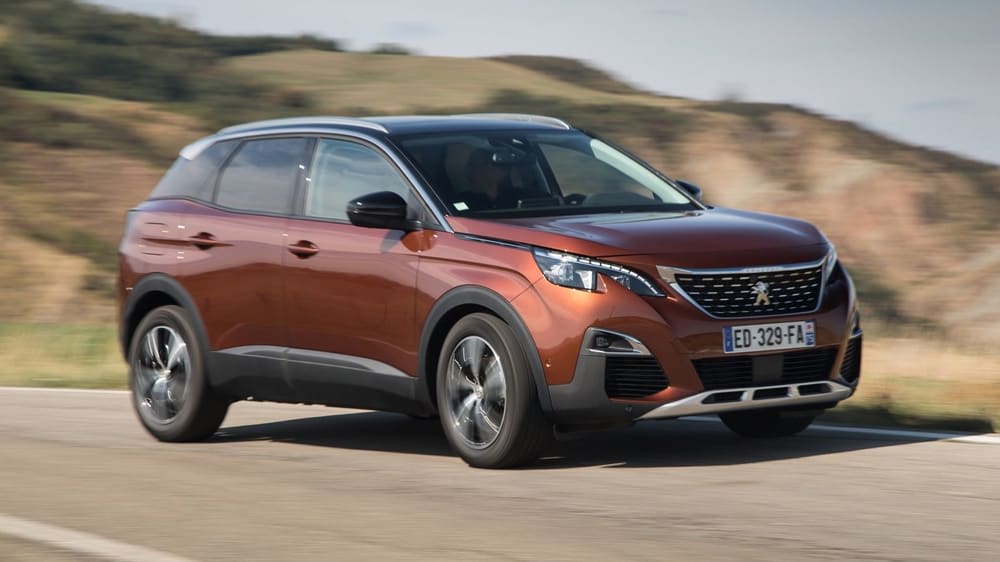
The suspension is set for comfort, nicely obviating most road imperfections, bumps and cracks. Larger wheels, unusually, don’t make too much of an impact on the quality of the ride, but those fitted with Grip Control do suffer a little - they also come with all-weather tyres that are less forgiving.
The Hybrid is stiffer, but without adding any sporting edge. The difference is there purely to cope with the extra weight of electric motors and batteries. It’s not a car to attack a cross country road in, and the same goes for the rest of the range. Calm down, find a nice pace, and instead relax in the knowledge that sometimes softer is better.
Running Costs
Plug-in hybrid options should be the cheapest cars to run, thanks to a promised (if unrealistic) economy figure of up to 235.4mpg. That’s thanks to a 40-mile range on pure-electric power, which could well be enough for many people to run an entire day without using a drop of petrol. However, once the battery pack has been emptied, you’re dragging around 400kg of extra weight using a 1.6-litre petrol engine, so economy suffers.
However, BIK rates as low as 6% will appeal to company car drivers. Less convincing will be the steep asking price and, by association, the more expensive leasing costs - around £100 a month extra wouldn’t be unrealistic.
Most will opt for the petrol models, with economy ranging from a low of 35.2mpg and rising to a high of 47.2mpg. With lease rates competitively low, these probably represent the best value options.
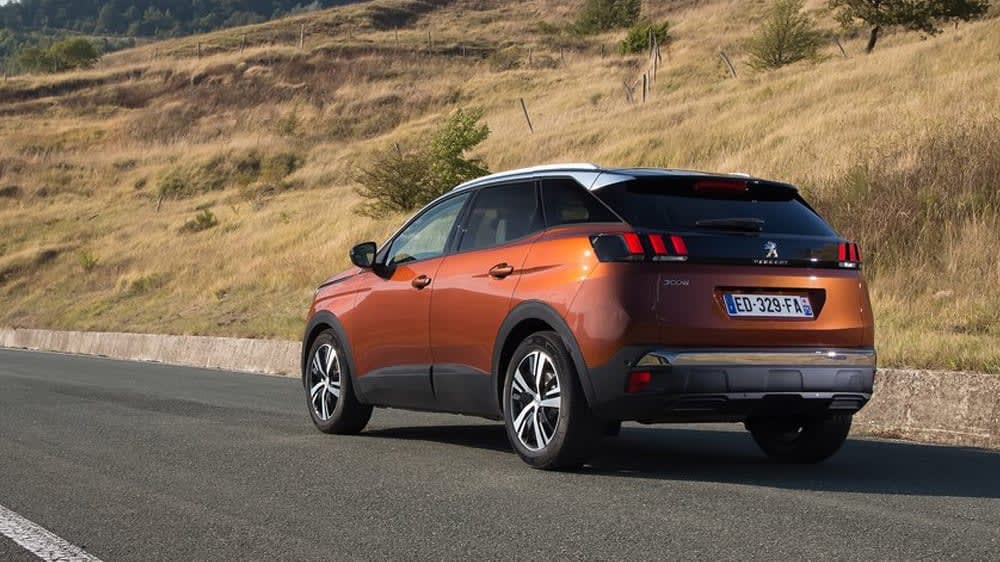
Every Peugeot is covered by a three-year unlimited mileage warranty, as well as a year’s breakdown cover.
However, hybrid owners get an extra eight-year warranty on their battery pack, as well as breakdown cover extended to eight years or 100,000 miles.
Hybrid powertrains will be the lowest emitters of CO2, as you would expect, with figures of between 30 and 41g/km depending on power and trim. With up to 40 miles of pure electric range, this means they fall into the lower BIK bands for company car drivers.
Petrol models can see emissions as low as 146g/km for the 1.2-litre 130hp engine, rising to as high as 181g/km on the 2.0-litre petrol models in some specifications. Diesel options aren’t significantly lower, ranging from 136 to 178g/km, but each has been RDE2 certified, which means company car users escape the 3% uplift in BIK.
All models attract the standard £150 a year car tax bill, apart from a couple of the hybrid models - thanks to slipping over £40,000 on higher trim levels, these can attract the posh car tax, amounting to an extra £325 a year.
Interior
It’s that i-Cockpit that will attract all your attention initially. A tiny steering wheel sits low, with the driver looking over the top of it at an all-digital instrument panel. It’s got countless different ways of displaying the information you need but, for some reason, I can’t help but keep switching it back to traditional dials.
However, while the setup works well for me, not everybody can make it work so ensure you at least visit a dealership and sit in one before you commit. Assuming it’s all fine, then you’ll look around the rest of the cabin and be impressed. The 8.0-inch infotainment screen stands proud on top of the dashboard, above a row of stylish piano key switches. Don’t be fooled into thinking these work features on the car - they’re just shortcuts to the right menu section on the infotainment screen.
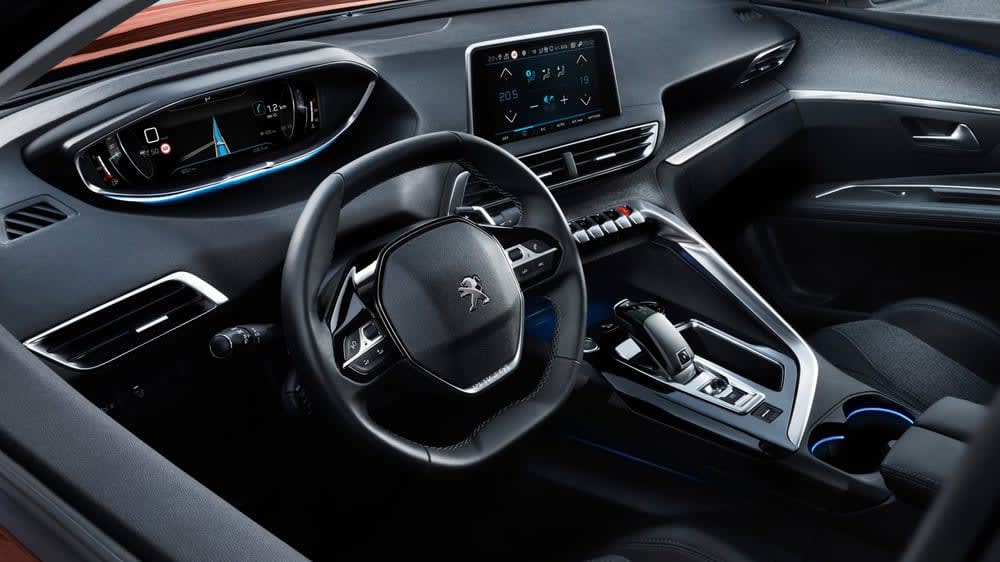
And therein lies the biggest frustration. Even something as simple as changing the cabin temperature requires multiple button and screen presses, rather than the simple twirling of a knob. A couple of physical switches do exist, but they're few and far between.
Still, it’s stylish and, once you’ve got used to it, relatively easy to use. It positively screams quality too, and you’d need to step into some really premium motors to find a cabin that looks as swish as this. It’s not actually bolted together any better than any other mainstream car though, with a few cheaper plastics and a couple of creaking panels living the game away.
Peugeot invites people to explore “a 100% digital world” so you’d expect some cutting edge technology inside the 3008. However, the reality is that it’s all pretty ordinary. Not bad, at all, but there’s nothing to wow you.
The digital instrument binnacle offers a lot of customisation options, but it’s still just a digital display that you’ll use to see how fast you’re going and whether you’re about to run out of fuel.
The 8.0-inch infotainment screen to the left is the same as in every other Peugeot, Citroen and, soon, Vauxhall. It’s not particularly quick, with a noticeable delay between prodding the screen and something happening, and much of it is laid out in an unintuitive fashion.
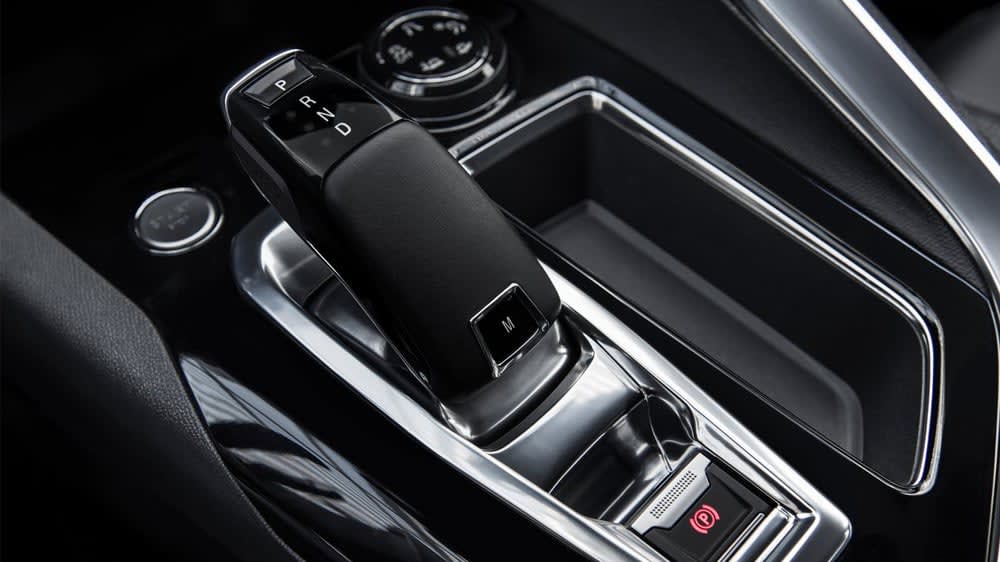
Peugeot has also shoehorned every in-car feature onto the screen, so you even need to delve through menus to adjust the climate control. Happily, there’s both Android Auto and Apple CarPlay in place, so you can plug in your smartphone and avoid Peigeot’s system entirely. GT Line models and above also have a wireless charging pad to keep the phone topped up, too.
Practicality & Boot Space
Despite being more compact than larger rivals, there’s more space inside than you might expect. Certainly, those in the front will find there’s more than enough leg, shoulder and headroom to keep them happy.
In the back, there’s reasonable space for all, unless you’ve got the panoramic sunroof installed. That eats up headroom and leaves the back feeling a little tight. It’s also slightly narrow, making three abreast journeys a pain for the one in the middle. Peugeot has dotted plenty of cubby holes and storage areas around the car, from a huge air-conditioned area under the centre armrest to map pockets in the back of the front seats. An embarrassingly small glove box aside, there’s somewhere to put everything.
If things won’t fit there, then the spacious boot should suffice. At 520 litres, it’s not quite the largest in the segment, but it’s a good size and will accommodate most loads. If more space is needed, the rear seats can be folded by pulling a lever in the boot, and they lay completely flat once down.
The boot floor can be adjusted up and down, leaving no lip at its highest setting. Long loads can also be accommodated, at least on Allure trim and above, thanks to a front passenger seat that also folds down flat.
Bear in mind one extra point if considering the hybrid; there’s no adjustable floor, the boot is a little smaller, and the rear seats won’t fold completely flat
Safety
There’s a huge list of safety equipment fitted as standard across the entire 3008 range, with a set of acronyms to excite any Scrabble player. Important technology includes automatic emergency braking, lane-keeping alert and driver fatigue monitoring.
Step up to the Allure grade and active lane-keeping assist is added, along with blind-spot monitoring and an automatic high beam function. Alongside all the bits you’d expect (ABS brakes, stability control, and so on) it’s as good as any other mainstream model.
Euro NCAP put it through its crash safety testing where it scored the maximum five-star result.
Options
Even the entry-level Active model gets a decent smattering of equipment, from a DAB radio and smartphone mirroring, to rear parking sensors and dual-zone climate control. However, there are several potentially essential pieces missing, which is why the Allure trim offers a fine balance between kit and cost.
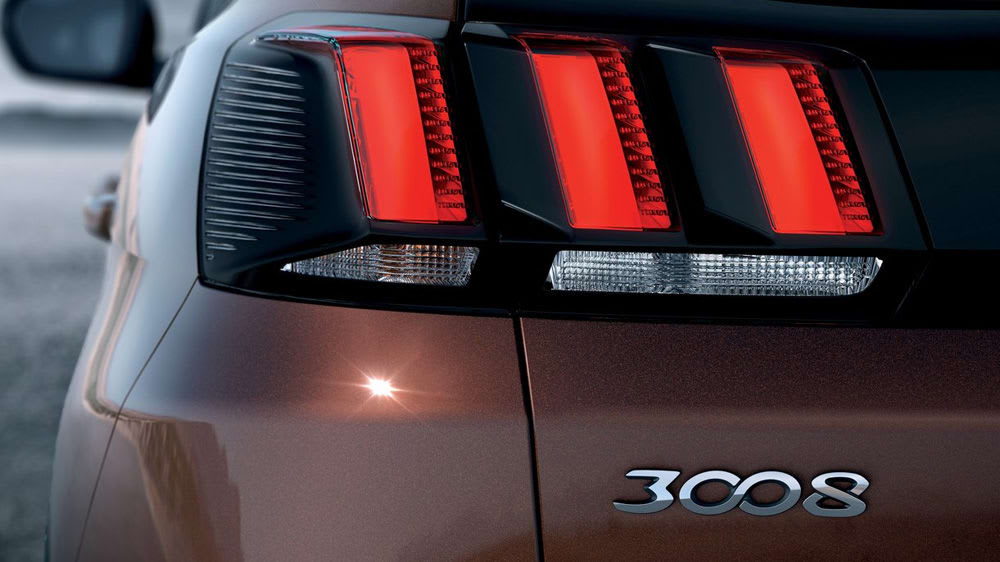
Allure gets the improved safety equipment, a reversing camera and parking sensors all around, keyless entry and go, electric mirrors, satellite navigation, leather-wrapped steering wheel and half leather, half fabric seat trim.
GT Line is broadly similar to Allure, but with some more sporting trim options, such as twin exhaust outlets, and a little extra in-car tech. The same holds true for the GT, which has every option box ticked.
In terms of options, outside of colour and wheel choices, it’s probably best to choose the right trim level first rather than pick and mix with options - the Allure and GT Line models come with plenty of toys as standard, and the only options from the GT that might be deemed essential are the Focal sound system (£590) and adaptive cruise control (£400). Paint options run from £300 for white paint to £725 for pearlescent and ‘special’ paints. A contrasting black roof in an extra £280.
Who Rivals The Peugeot 3008?
The list of rivals for the Peugeot 3008 is about as long as this review, but there are some definite favourites that offer strong competition.
At the premium end, the Volvo XC40 is amongst the best cars on the market, with lots of space, a fantastic interior and good ride quality, but it’s not particularly economical or fun to drive, and can get very pricey.
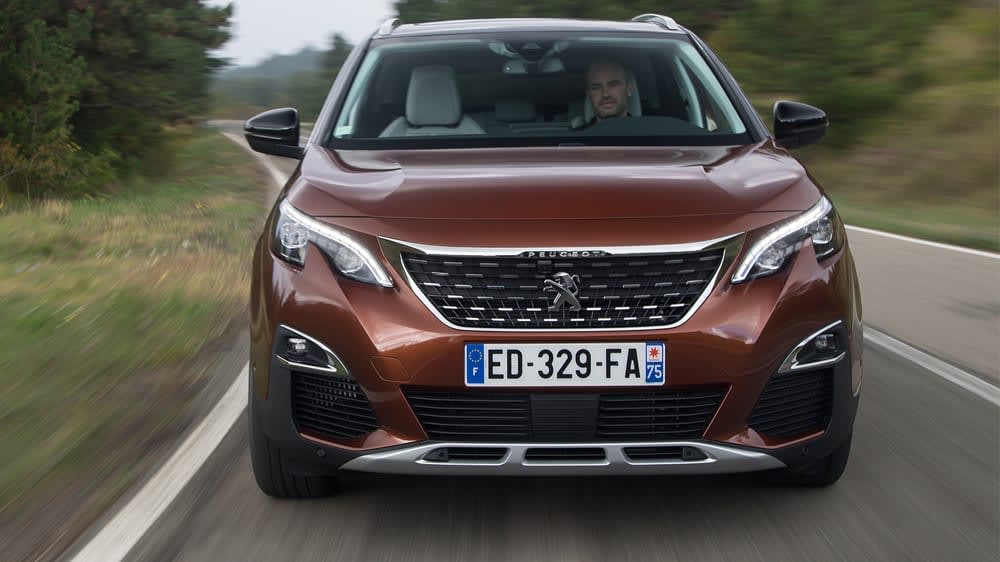
The Ford Kuga takes a more car-like stance and appeals with plenty of space and an invigorating drive, but it feels a little low-rent inside and the design doesn’t stand out.
The Hyundai Tucson and Kia Sportage offer a fine balance across all demands but, arguably, the strongest competitor is the Skoda Karoq. It’s comfortable, spacious and very well equipped, with lightweight controls and excellent driving manners. The smallest engine struggles though (at 1.0-lite, it’s even smaller than the 1.2 option in the Peugeot) and there are no hybrid options.
Verdict & Next Steps
There are many things to like about the Peugeot 3008. It ticks all the boxes that a family will need to tick, although doesn’t necessarily offer anything more than you might get elsewhere.
It counters that with a huge dose of Gallic style, which might be enough to win the battle against the rather straightlaced Skoda Karoq. Equally, it might be enough to lose that battle, beauty being in the eye of the beholder after all.
But with strong engines, sensible proportions, a large boot and lots of equipment, the 3008 is one of the best choices in its class.
Where to next?
Peugeot 3008 car leasing available from just £256.43** per month
Looking for a great deal? Check out our incredible range of car lease deals
New SUV for the family? Read our latest Car Reviews including our Volvo XC40 Review or Nissan Qashqai Review
Want to know more about leasing? Take a look at our comprehensive Leasing Guides
Interested in everything motoring? Why not catch up on all the latest Car Leasing News.
*Score based on Select’s unique meta score analysis, taking into account the UK’s top six leading independent car website reviews of the Peugeot 3008.
**Correct as of 06/10/2020. Based on 9 months initial payment, 5,000 miles over a 48 month lease. Initial payment equivalent to 9 monthly payments or £2,307.85 Ts and Cs apply. Credit is subject to status.



















